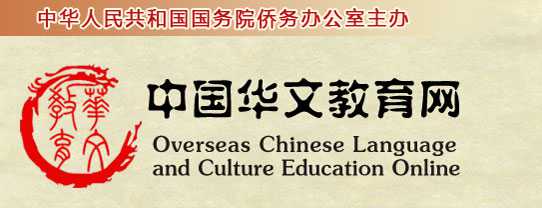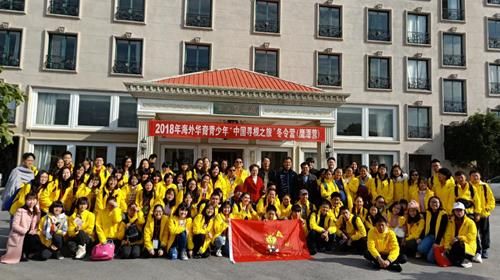|
古代印刷术 Printing
2009年09月03日 09:19
古代印刷术 印刷术是中国古代“四大发明”之一。 印刷术发明以前,读书人要得到一本新书,只有一个字一个字地抄写。隋唐时,发明了雕版印刷术,提高了印书的速度。但是每印一本书都要雕大量的版,还是十分费事。到了900多年前的北宋时期,平民发明家毕升,经过反复试验,发明了活字印刷术。他把字刻在一小块一小块的胶泥上,放进火里烧硬,做成一个个活字。印书时,把活字按书稿排列,排成整版后印刷。印完后,把这些活字拆下来,以后还可以再用。毕升发明的活字版印刷术,既经济又省时,使印刷技术进入了一个新时代。 中国的活字印刷术先向东传到了朝鲜、日本,接着向西传到波斯、埃及,最后传遍了全世界。印刷术的发明大大加快了世界各国文化发展、交流的速度。活字印刷术是中国对世界的一大贡献。 Before printing was invented, a scholar had to copy characters one by one if he wanted to create a new book. In the Sui and Tang dynasties, block technology was invented, which improved the speed of printing. But to print a book, many blocks had to be engraved, which was troublesome.During Northern Song Dynasty more than 900 years ago, Bi Sheng invented movable-type printing after years of experimenting. He engraved the characters on small pieces of clay, and heated them until they became hard movable characters. When printing a book, people placed the moveable characters in order into a whole block and then run off a print. After printing, they could take the block apart and reuse the characters later. This method was both economical and timesaving. China's movable-type printing first spread eastward into Korea and Japan, and then westward into Persia and Egypt, and, at last, around the world. The invention of printing greatly speeded up the development of exchanges between cultures of all the countries throughout the world.
【来源:中国华文教育网】
|
|






















